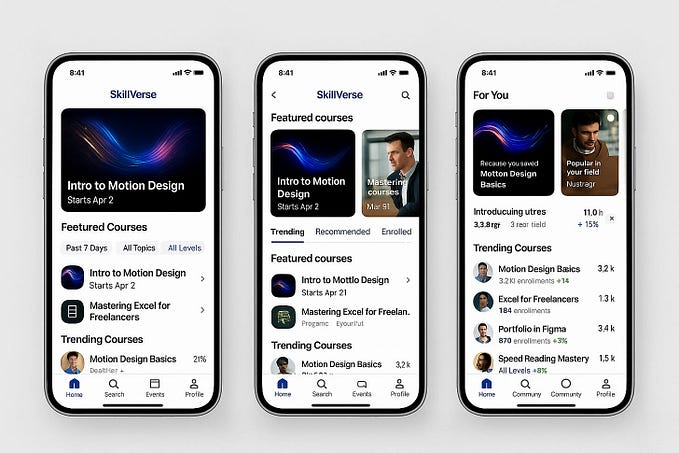3 books that can elevate your UX game

While most of us are in our homes in COVID situation, we all can utilise the time to enrich ourselves by soaking up knowledge or learning a new skill. I am using my time to read books that were in my wishlist. Last month I read three books that have helped me to understand human psychology and our future as species. Here is my experience of reading these books and how they have intrigued me as a UX designer.
21 lessons for the 21st century

Having read Sapiens and Homo-Deus, which gave me a glimpse of the history of human-kind, I was keen to read this book and understand Yuval Noah Harari’s vision for the future to come. The book consists of five parts, and each piece talks about a unique tangent of the future. The book touches upon a wide range of topics such as technology, data, jobs, education, religion, politics, war, etc. to paint a holistic picture of the future. The book is not a one time read, and I felt that I need to read the book once more to wrap my head around the topics and understand the depth of it.
As a designer, this book helped me to visualise the future of human-kind and how technology, alongside other factors, is going to influence that future. I often struggle to imagine the future as there are multiple paradigms that we need to understand. This book helped me to push the boundaries of my imagination, understand some facets of the future and get excited about what is yet to come.
Why should UX designers read this book?
Designing for the future is one of the most exciting challenges that come to designers. If you are intrigued to design products that stand relevant in the times to come then the book will excite you. It will help you imagine how evolution in data, technology, politics, jobs, education, etc. will impact the human-kind and what role you can play to influence the change. It will also help you to realise how your role as a designer might evolve to be able to contribute to the changing world.
The power of habit

Most of the successful products have one thing in common, i.e. they create new habits or replace old habits of their target users. From scrolling the Instagram feed to smoking a pack of cigarettes, the habit is what keeps the users glued to a particular product. The book offers scientific insight into how we develop habits as individuals and within organisations. The author illustrates stories from Procter & Gamble, Target superstores, NFL teams, etc. to explain how keystone habits can mean the difference between failure and success.
As a designer, it was fascinating for me to understand the science behind the habits and learn the method to create new ones. I also realised the technology aspect of the game and how companies use big-data to study the habits of their target users and derive meaningful patterns that enable them to sell products more efficiently. However, I did find myself into the dilemma of being ethical when using personal data to deliver such experiences to the users. I believe this can be a point of intervention for designers to make things transparent for the users.
Why should UX designers read this book?
User retention is as important as acquisition. People will keep using your product only if it is relevant to them regularly. Hence it becomes crucial for us to understand the basic principle behind habit-forming products and use the knowledge to build the 3-step habit-loop into the products we design.
The art of thinking clearly

If you are interested to understand human thinking process and errors we can make, then this book can give you an excellent starting point. Written by Rolf Dobelli, the book describes the errors ranging from cognitive biases to social distortions through short chapters. This book is not just for designers but for anyone interested to make better decisions and avoid these errors in their decision-making. The author uses examples to make things easy to understand and remember. However, this book makes you aware of 99 thinking errors, or cognitive biases in 300 pages, it does not go into the depth of each one of them. Hence the book is just a starting point in your journey within cognitive psychology.
As a designer, I am always keen to understand how the users will make decisions while using a product and how can I make it easy for them to make the right decisions. Hence, it was enlightening for me to understand the variety of biases that affect our thinking and decision-making and use this knowledge while designing future products. I believe this knowledge will also help me while I am conducting primary research and interviewing the users to understand why they made a particular decision, and if there might be any bias involved.
Why should UX designers read this book?
If you want to build user-centric products and see people using your products effortlessly, then you need to deep dive into understanding them. It is imperative to know why users did what they did and help them to make better and faster decisions with your product. Hence, the learnings from this book come handy through the research and UX process. It will also help you to weed out any of your biases while designing the products and be better at decision-making.
Thank you for reading my experience and I hope it will help you to choose your next read. I would love to know what your experience has been while reading these books in the comments below. I am always looking to add more books in my wishlist, if you have any suggestions then do add them in the comments.
As always you can connect with me on LinkedIn and you can view my work at www.shubhamkhatkar.com
Stay safe and stay productive!










